Catena D.V. Catena Tinto Historico Red Blend 2021
-
James
Suckling -
Robert
Parker



Product Details
Your Rating
Somm Note
Winemaker Notes
D.V. Catena Tinto Histórico Malbec is a blend of Malbec, Petit Verdot and Bonarda made to honor Don Domingo's legendary abilities as a master blender.
Blend: 75% Malbec, 18% Bonarda, 7% Petit Verdot
Professional Ratings
-
James Suckling
A fragrant nose full of vivid strawberries and sweet cherries. Tight and lightly chewy on the palate with plenty of fruit. Juicy, balanced and quite drinkable.
-
Robert Parker's Wine Advocate
The 2021 DV Catena Tinto Histórico was produced with a blend of 75% Malbec, 18% Bonarda and 7% Petit Verdot matured in oak barrels for eight to 14 months, depending on the lot, as the grapes were vinified and aged separately. It has a medium-bodied palate and enough spice and tastiness to keep the juicy, fruit-driven profile. It finishes long, clean and tasty in a classical style.
Other Vintages
2022- Vinous
-
James
Suckling
-
James
Suckling
-
James
Suckling
-
James
Suckling -
Robert
Parker
-
Tasting
Panel



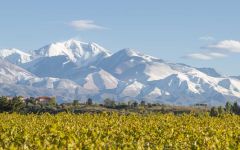
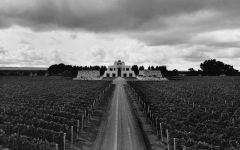
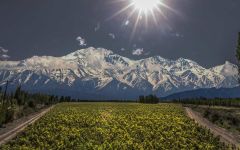
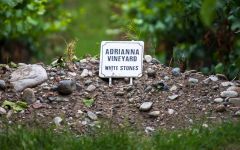

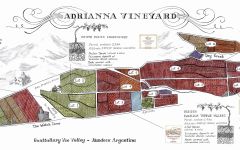
Bodega Catena Zapata is one of Argentina's high-altitude Malbec pioneers. The Catena family began making wine in Mendoza in 1902. Nicolas Catena, third generation family vintner, was one of the first to see the potential of Mendoza's mountain vineyards for producing high quality Malbec. In 1994, he became the first Argentine to export a world-class bottling of Malbec under the Catena label. Nicolas is joined by his daughter, Dr. Laura Catena, in their relentless pursuit of world-class quality from the family's high-altitude vineyards. Laura has done extensive work in introducing Malbec and other varietal plant selections, soil and climate analysis, and sustainable practices throughout Mendoza. Head winemaker, Alejandro Vigil, has been at Catena Zapata since 2002 and works with Laura and Nicolas to make wines that express the family's vineyards and palate.

One of the world’s most classic and popular styles of red wine, Bordeaux-inspired blends have spread from their homeland in France to nearly every corner of the New World. Typically based on either Cabernet Sauvignon or Merlot and supported by Cabernet Franc, Malbec and Petit Verdot, the best of these are densely hued, fragrant, full of fruit and boast a structure that begs for cellar time. Somm Secret—Blends from Bordeaux are generally earthier compared to those from the New World, which tend to be fruit-dominant.

By far the largest and best-known winemaking province in Argentina, Mendoza is responsible for over 70% of the country’s enological output. Set in the eastern foothills of the Andes Mountains, the climate is dry and continental, presenting relatively few challenges for viticulturists during the growing season. Mendoza, divided into several distinctive sub-regions, including Luján de Cuyo and the Uco Valley, is the source of some of the country’s finest wines.
For many wine lovers, Mendoza is practically synonymous with Malbec. Originally a Bordelaise variety brought to Argentina by the French in the mid-1800s, here it found success and renown that it never knew in its homeland where a finicky climate gives mixed results. Cabernet Sauvignon, Syrah, Merlot and Pinot Noir are all widely planted here as well (and sometimes even blended with each other or Malbec). Mendoza's main white varieties include Chardonnay, Torrontés, Sauvignon Blanc and Sémillon.
